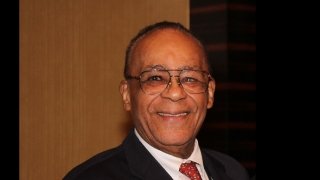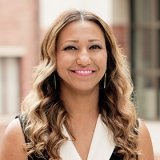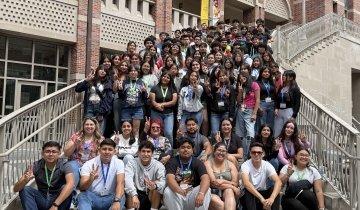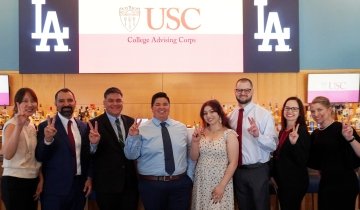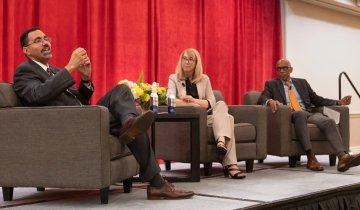USC Rossier Faculty Council’s Diversity Committee is charged with: supporting dialogue with faculty about issues of diversity and equity, and seeking faculty input about new and ongoing priorities; working with faculty search committees to help develop a diverse candidate pool; and assisting the dean’s office, faculty council, and concentration chairs in faculty mentoring. The committee is chaired by Adrianna Kezar; members are Shafiqa Ahmadi, Mary Andres, Alan Green, Laila Hasan, Kim Hirabayashi, John Brooks Slaughter and William G. Tierney.
History has shown us that creativity is spawned best in an environment of diversity—diversity in a broad sense that encompasses race, ethnicity, gender, class, country of origin, physical ability, sexual orientation, political persuasion, cultural background and any other characteristic that differentiates one person or group from another. The different life experiences and frames of reference that result from an amalgam of diverse individuals reflecting a broad cross-section of these characteristics lead to innovative ideas and achievements.
American higher education is a microcosm of American society. It possesses all the strengths and possibilities as well as all the weaknesses and pathologies of our nation. Just as America continues to be a “work in progress,” higher education is evolving as well. It is this evolution that must be guided and nurtured by those who understand the essential role that our colleges and universities play in improving our society. Racism, sexism, homophobia and discrimination against the physically impaired and the nontraditional student—overt or unintentional—exist in our colleges and universities. Concerted efforts toward the eradication of these behaviors and, hopefully, such attitudes on our campuses will help eliminate them in the larger society. These are issues that pertain to the diversity of faces, voices and ideas on our campuses and the nature, extent and quality of their inclusion in the life of the institutions.
Transforming our higher education institutions into pluralistic learning communities characterized by equity and excellence is the goal we should aspire to achieve. It may be true that an institution cannot accomplish this transformation without the presence of diversity, but the mere existence of diversity is not enough to assure inclusiveness and equal opportunity. Something else has to be present besides diversity in order to reach the goal.
Achieving that goal requires leadership—leaders who convey the sense that what is important is not race, ethnicity, class, gender, sexual orientation or any other distinction that differentiates one person or group from another. Instead it is about the inherent worthiness of all people. Wise leaders understand the inseparability of equity and excellence. Visionary leaders see the demographic changes occurring in our urban schools and campuses as opportunities to educate themselves and their followers and, by so doing, transform their institutions and, ultimately, demonstrate to America how to develop and sustain inclusive and pluralistic communities – communities with shared values and goals, common purposes and hopes.
In order to make these principles actionable, leaders can do the following kinds of things:
- Collect data and be accountable for student learning, disaggregating student outcomes by race and gender.
- Support the recruitment and hiring of diverse faculty and staff candidates and monitor attrition in staffing to uncover unfair practices or treatment.
- Keep account of the climate for students, teachers, and staff to be sure that the institution is an inclusive and affirming place to work and learn.
- Present inclusiveness and pluralism as institutional priorities and values.
- Affirm diversity as central to the school or college mission and find ways to make the mission live through programs, practices and policies.
- Create an environment that encourages dialogue about diversity and inclusion.
- Examine institutional structure (policies and practices) for ways in which it either supports or undermines a commitment to equity and excellence.
- Be vigilant in considering diversity in all settings whether it be the classroom, lunchroom, assembly, teachers meeting, district meeting, president’s cabinet, or playground.

